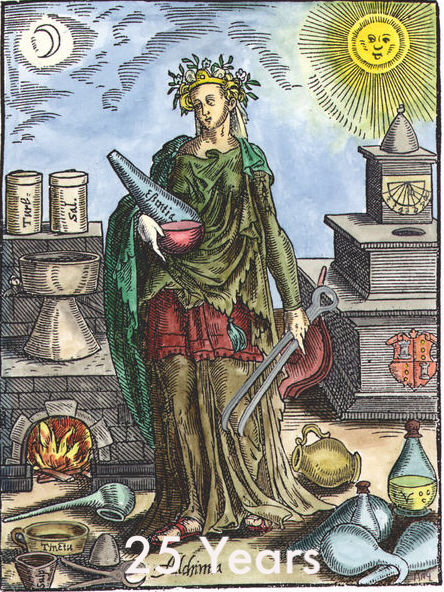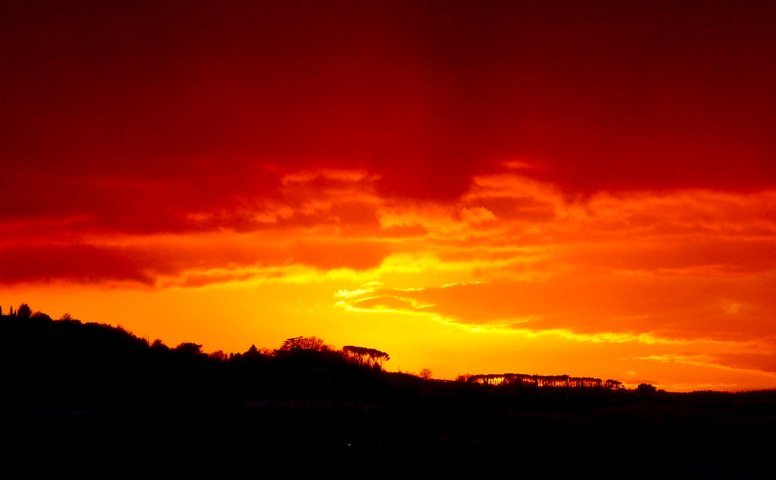Tenute Silvio Nardi Brunello di Montalcino
Brunello di Montalcino is one of Italy’s most prestigious red wines. This Tuscan region surrounds the hill town of Montalcino, 25 miles south of Siena. Brunello (along with Barolo) became the first Italian wine region to achieve the top DOCG status in 1980. Since then, the global reputation of Brunello has soared. Tenute Silvio Nardi is one of the oldest Brunello Estates.
Silvio Nardi
In fact, it began in 1950 when Silvio Nardi purchased Casale del Bosco, in the north-west of the Brunello zone. Further expansion came by adding the Manachiara estate and other properties. Today there are 36 individual vineyard parcels from which to select and blend. Emilia Nardi runs the winery today; she is the third family generation.
Brunello: Sangiovese Grosso
Meanwhile, producers and critics alike heralded 2010 as one of the great vintages in Tuscany. Brunello is named after the Sangiovese Grosso grapes grown here. It means “the little dark one.” It’s the only permitted grape variety under DOCG. The rules also specify a minimum ageing period of four years. Consequently, the key to it is maturation.
One criticism of Brunello is that ageing it in wood for this entire period can result in wines lacking fruit character. That’s especially in less auspicious vintages. Hence, in 1998, there was a reduction in the minimum time for ageing in wood to two years. This change in the rules enables the production of fresher wines with more fruit character. Gradually, some Brunello producers such as Nardi have adopted this style.
A balance of wood and wine
Nardi gave their Brunello the first 12 months of life in a mix of new and used French oak barriques. After this, it gets large Slavonian oak botti for the next 12 months. The final blend uses all 36 vineyard parcels, and it’s then bottle-aged for another two years until release. Under this regime, Nardi achieves a good balance between wood and wine.
Brunello is always heady and full-bodied. Brunello for me should also be decidedly autumnal in character. Wine for short, cold misty days; kicking through fallen leaves before returning to a warm fire and the promise of warmth and indulgence.
Still a young wine, so it needs decanting for two hours first. Appreciate it slowly over the course of an evening because it continues to evolve in the glass. A true vino da meditazione.
There is a welcome tension here between power and elegance. Ruby red and garnet-flecked, there’s cherry and tea on the nose. You’ll find tobacco and figs hidden amongst the black cherry and damson fruit and mouth-watering acidity. Nuances of anise, vanilla, leather and liquorice appear on a long, slightly warming and savoury finish. I’ve no doubt that as it ages these secondary flavours will continue to develop, making the wine even more expressive.
As with all great wines, Brunello needs food. My maxim is “complex wine, simple food.” Hence a hearty stew is ideal.
You won’t find a better introduction to Brunello. Ideally, this wine needs further ageing, where it will continue to soften and become more complex. I expect it to peak between 2018-2030.
£38.99 at The Wine Library in London. The price is relatively modest for the category as Brunello prices have soared.
Casale del Bosco
53024 Montalcino
Siena
Italia
Like Brunello? Here’s a link to more Tuscan wines.
Meanwhle, there’s a review of Nardi’s 2015’s here.

